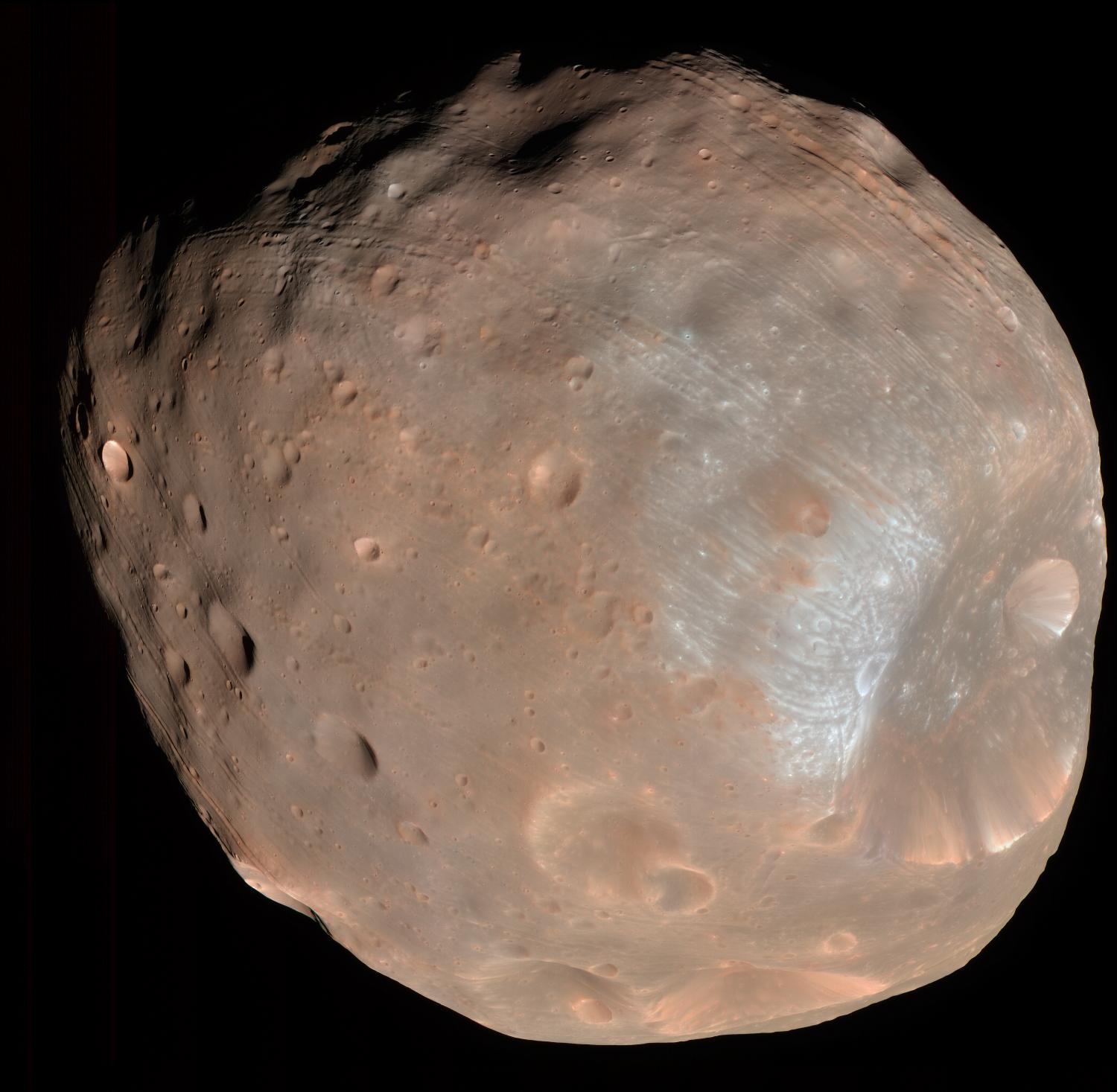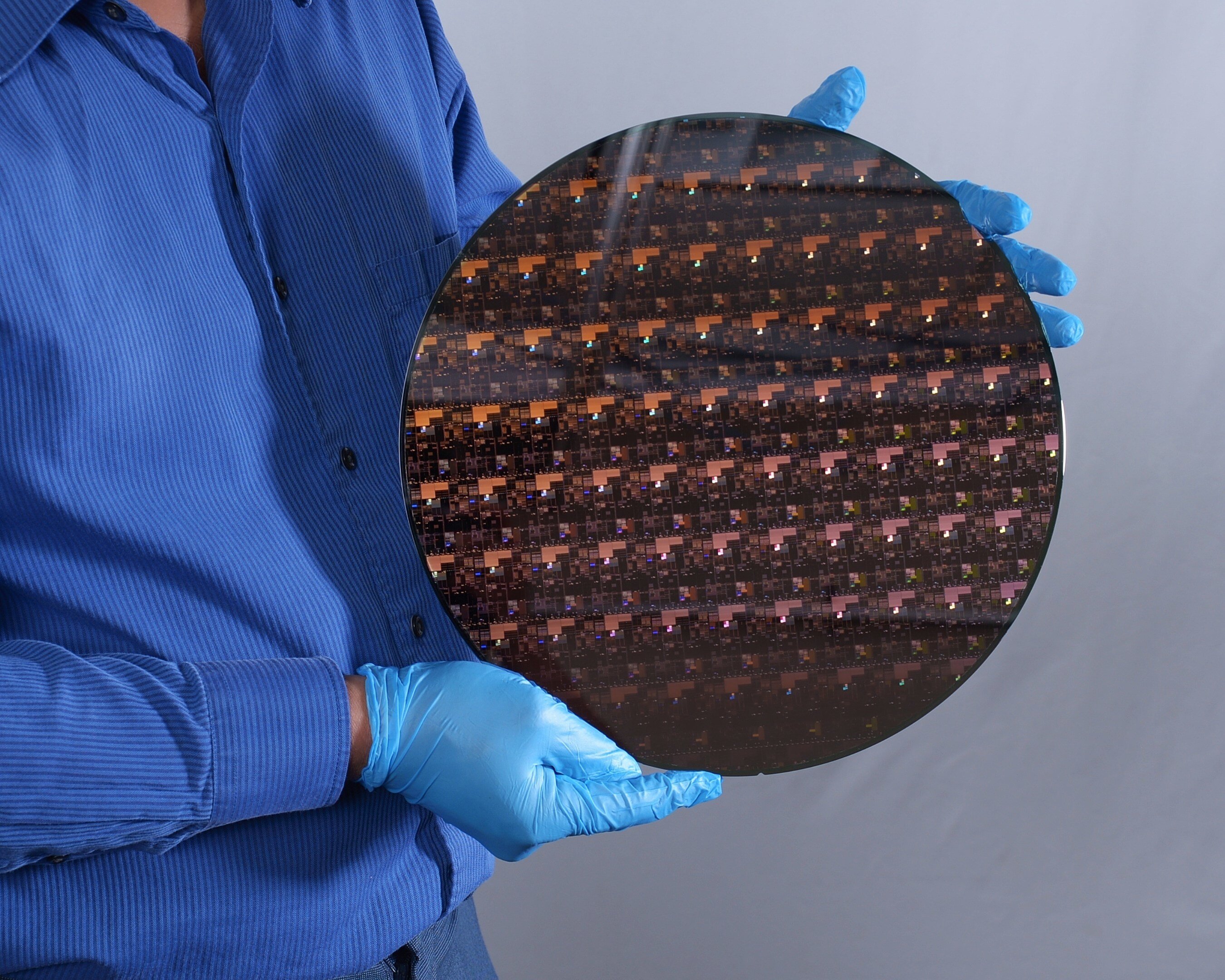#The search for life on Mars expands to studying its moons

“#The search for life on Mars expands to studying its moons”

A pair of researchers at the Japan Aerospace Exploration Agency (JAXA) has published a perspective piece in the journal Science outlining the efforts being conducted this decade to find out if Mars once hosted life. In their article, Ryuki Hyodo and Tomohiro Usui outline the three main efforts that are involved in looking for evidence of life on Mars over the next ten years, and explain why they and others at JAXA believe the best chance of finding evidence of life on Mars lies on one or both of its moons.
As Hyodo and Usui note, NASA is currently conducting a study of the Jezero Crater on the surface of Mars with its Perseverance rover. That work will be part of a later joint effort between NASA and the ESA to collect samples from Mars and bring them back to Earth. Also scheduled is Japan’s Martian Moons eXploration (MMX) project, which will involve sending probes to both of Mars’ moons and bringing back samples before the decade is out.
Hyodo and Usui note that both of Mars’ moons—Phobos and Deimos—are smaller than Earth’s moon. They are also much closer to the planet. The researchers note that probes sent to study the surface of Mars will only be able to test a very small part of its surface—imagine, they suggest, a probe touching down in the middle of the Sahara Desert; it would find signs of life, no doubt, but would find only a very small fraction of it. They suggest that a probe on one of Mars’ moons might have more luck. They note that prior research has suggested that Mars was once wet. Prior research has also shown that Mars has been struck by many asteroids over the course of millions of years. Some of the larger strikes have led to bits of the surface being blasted into space—one such bit has even been found here on Earth. They suggest that many bits of the planet have been blasted into space, some of which have no doubt made their way to the surface of one or both of its moons. Such bits, they note, would likely represent a large portion of the Martian surface. Because both moons have very nearly sterile environments, material containing proof of life may still be there.
NASA Mars rover begins collecting rock in search of alien life
Ryuki Hyodo et al, Searching for life on Mars and its moons, Science (2021). DOI: 10.1126/science.abj1512
© 2021 Science X Network
Citation:
The search for life on Mars expands to studying its moons (2021, August 16)
retrieved 17 August 2021
from https://phys.org/news/2021-08-life-mars-moons.html
This document is subject to copyright. Apart from any fair dealing for the purpose of private study or research, no
part may be reproduced without the written permission. The content is provided for information purposes only.
If you liked the article, do not forget to share it with your friends. Follow us on Google News too, click on the star and choose us from your favorites.
For forums sites go to Forum.BuradaBiliyorum.Com
If you want to read more Like this articles, you can visit our Science category.




